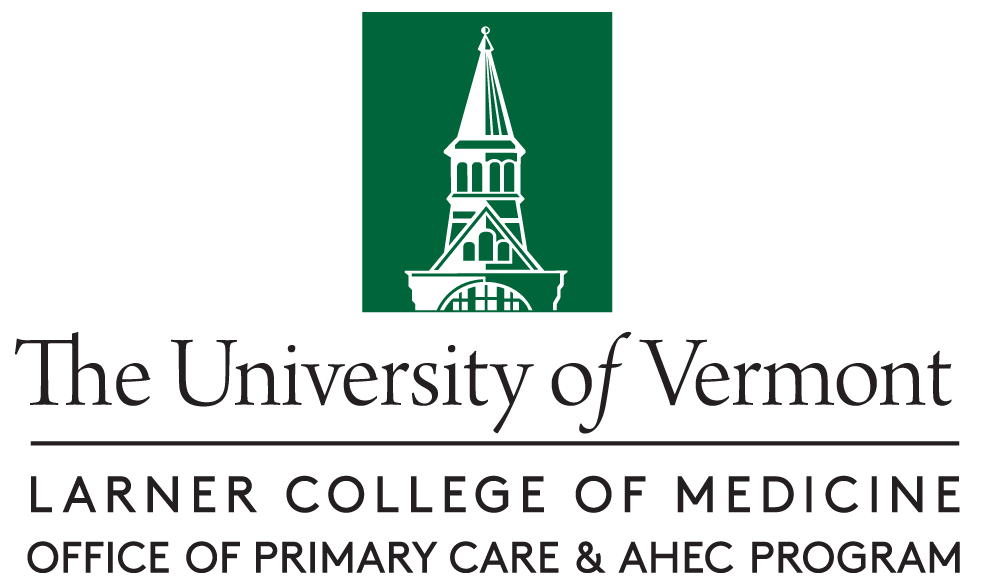
UVM AHEC
Document Type
Presentation
Publication Date
2023
Focus Area
Social Determinants of Health
Abstract
Background:
Feeding Chittenden and Addison Food Shelf are programs that alleviate hunger in Vermont utilizing the Food Access Network. This Network allows customers to select food and have it delivered to a location of their choice, with an aim of providing healthier foods while reducing barriers and stigma.
Methods:
Using nutritional standards adapted from a BMC Public Health study [1], food items delivered from March- May 2023 were scored based on category, amount of saturated fat, sodium, and added sugar. Scores included ‘1,’ recommended often, ‘2,’ recommended sometimes, and ‘3,’ recommended rarely. Analysis was conducted on total offerings, total orders, and order pickup/drop-off locations in the two counties.
Results:
The average score for the food offered in Chittenden v. Addison County was 1.69 v. 1.60 with Chittenden being 45.9% foods scored ‘1,’ 39.3% ‘2,’ and 14.8% ‘3,’ and Addison being 51.7% ‘1,’ 36.3% ‘2,’ and 12.1% ‘3.’Although Addison offered more food options scored as ‘1’ it demonstrated a higher average order score (1.83) compared to Chittenden (1.62). This trend continued when analyzing pick-up/drop-off locations as 71% of Addison sites versus 7.7% of Chittenden sites had foods scored ‘2’ as their highest percentage of items ordered.
Conclusion:
While at baseline one may consider a direct correlation between the food choices offered and the ordering habits of an individual, it is evident from this data that there are factors beyond ordering options that are impacting ordering habits. Previous research suggests an unexplained difference between rural and urban counties when it comes to dietary intake (Euler 2019). When considering the limitations of previous studies and the robust data available through this study in combination with Rural Urban Commuting Area (RUCA) Code, future research will be able to further explore the differences in nutritional habits by county, allowing more targeted interventions to address these differences.
Future Directions:
Going forward, there are many directions future research could pursue with CVOEO. Our initial research was a descriptive study of Chittenden and Addison counties stocked and outgoing foods. A metric we used in our data analysis was the selected drop-off locations. Additional metrics that could be used to analyze the data are the age of the registrant, the home zip code, and the referral source. Each of these metrics could allow for more information to be gathered about specific populations that utilize the Food Access Network. Additionally, an interventional study could be done. At the current moment, Chittenden, and Addison County list their produce and meats differently. Addison County lists the specific produce and meat, while Chittenden County offers “assorted” categories of each. Standardizing the listing and then studying potential changes in ordering trends is a potential direction for future study
Creative Commons License

This work is licensed under a Creative Commons Attribution 4.0 International License.
Recommended Citation
George, Caroline; Norton, Casey; Pasanen, Mark MD; and Urie, Patti Smith, "Nutritional Evaluation of Food Bank Services in Chittenden and Addison Counties, Vermont" (2023). UVM AHEC. 3.
https://scholarworks.uvm.edu/uvmahec/3


Comments
AHEC Scholars Summer Project -- presentation shared with community partners from CVOEO Feeding Chittenden and Addison Food Shelf August, 2023.